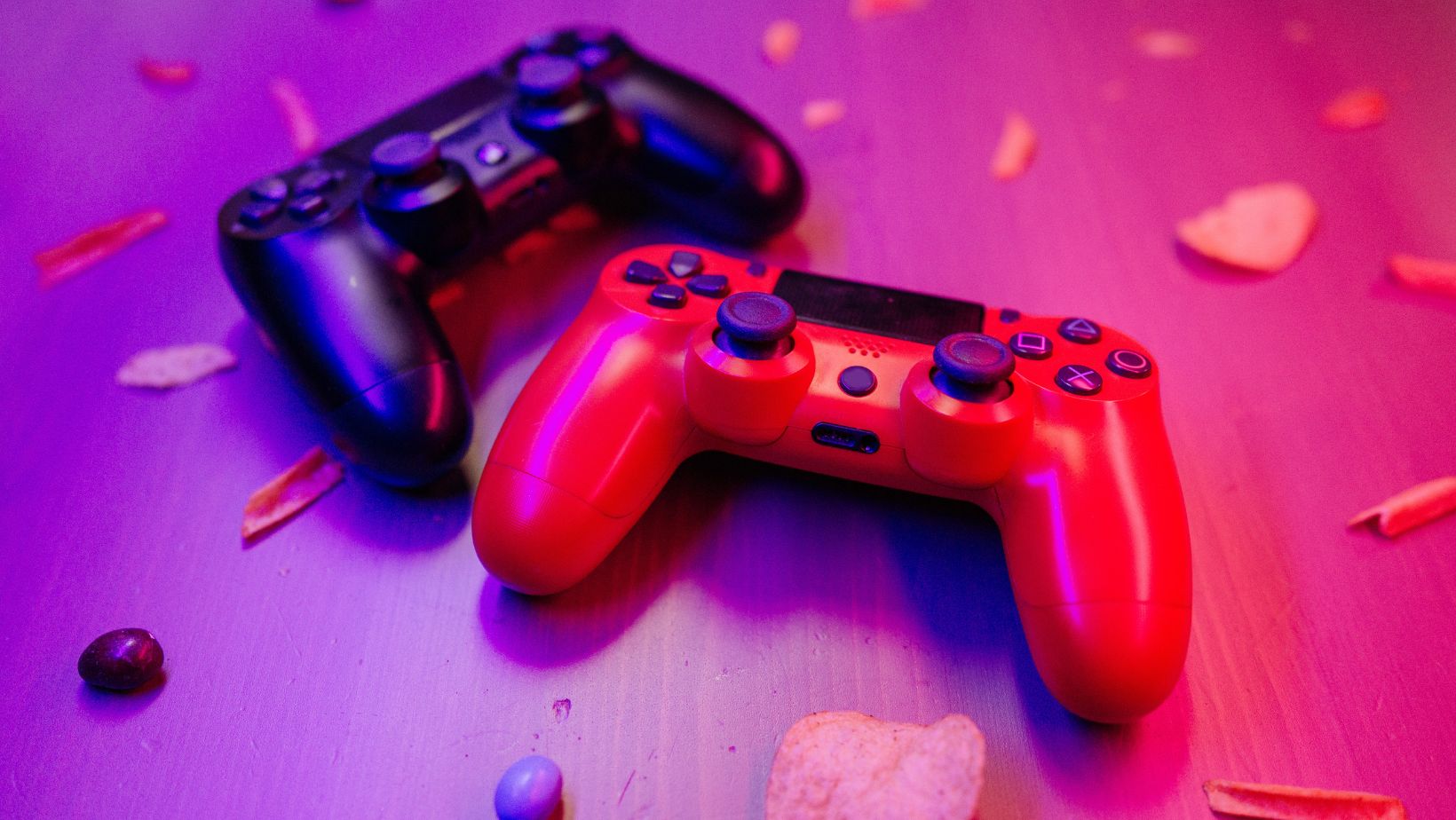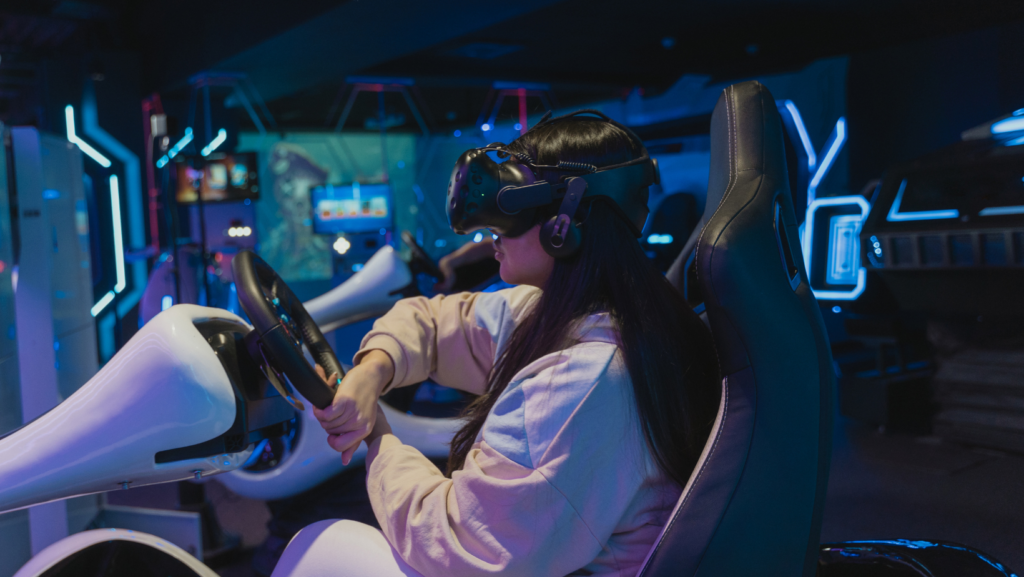It’s hard to think of another decade that changed the gaming world quite like the 1990s. The era wasn’t just about pixelated graphics and arcade cabinets – it marked a turning point that sent ripples still being felt across the industry today.
New technology had become available to developers and more people were getting computers in their homes. This led to the perfect storm as there were games being released and consumed by millions. We also saw consoles becoming truly huge for the first time.
Casino Gaming Goes Online
The world knew things were changing when some games that had been around for hundreds of years suddenly went online.
We saw an online casino boom. The internet changed the way the industry works. In the mid-to-late ’90s, the first wave of online casinos popped up with table games and some basic versions of slots. Suddenly, the experience wasn’t limited to physical locations. Players could now engage from a home computer.
That digital leap opened the floodgates. Software providers began crafting more sophisticated online games and the competition pushed development forward. The impact? A whole new corner of gaming emerged and set the stage for what is now a global online casino industry. The very foundation of remote gambling today owes a lot to the trailblazers of the ’90s.
When people access gambling sites online now they are used to the fact that they have a wide choice of games. Mobile technology has also allowed people to access them at more convenient times and places to suit them. We owe these changes to the tech revolution that has happened over recent decades and it can definitely be traced to the 1990s.
We even see casinos taking steps to have a closer experience to what people may experience in person. Live dealer games have continued to become some of the most sought-after games in the industry as people explore how they work and how they become closer to the experience of walking into a casino.
Console Wars and Iconic Characters
Outside the casino space, the ’90s saw another kind of battle. One fought between game consoles. The era was defined by the rivalry between Nintendo and Sega – these were two titans who clashed on store shelves and in living rooms. Super Nintendo and Sega Genesis were at the heart of it and each offered its own lineup of unforgettable titles.
Characters became icons. They weren’t just sprites on a screen as they became part of pop culture. Fighting games like Mortal Kombat and Tekken also entered the arena and increased interest in competitive play long before the esports scene exploded.
Lots of the games of the 1990s pushed things forward but it was Goldeneye that many people remember. This is fondly discussed in gaming circles as being a game that made a significant change to the way that games are produced. It was a great leap forward for console gaming.
People still have a lot of affection for games that were released in the 1990s and retro gaming expos and conventions can be huge for remembering what a crucial decade this really was.
The Rise of PC Gaming and LAN Parties
While consoles battled it out, PCs were quietly building their own revolution. The 1990s gave rise to a wave of PC games that brought entirely new genres into the spotlight. Real-time strategy games like Command & Conquer and Age of Empires gained ground. First-person shooters found a new identity with games like Doom and Quake.
LAN parties became a cultural phenomenon. Friends would haul bulky monitors and towers into living rooms and garages to play head-to-head. Multiplayer gaming wasn’t online yet for most players, but it was heading there fast. That local connection arguably laid the groundwork for today’s online communities.
Handheld Gaming Goes Big
The Game Boy. That small rectangle became a symbol of portable fun. Nintendo’s handheld console dominated the early ’90s, introducing millions to gaming on the go. Tetris and countless other titles made the device a household staple. It wasn’t just a novelty as it changed how and where people could play.
The impact of handheld gaming went beyond just entertainment. It introduced gaming to new age groups and new environments. Waiting rooms and cars became places where games could happen. That idea of accessible and mobile gaming is now standard in today’s smartphone era, but it was the ’90s that laid the path.
Conclusion
The leaps forward that we saw in the world of technology in the 1990s changed everything. Game developers now had more options for the features they could incorporate and the games continued to get better. Retro gaming’s popularity shows that a lot of these titles still stand up today! The 90s will never be forgotten for its influence on the gaming industry.



